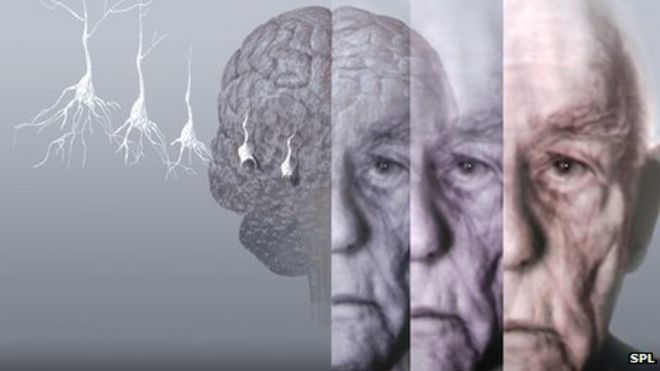For the eye tracker testing, a child sits in front of the eye-tracker monitor screen with no attachments to their body. The eye camera is connected to a computer and confines the pupil and corneal reflections for coding of the position. The child listens to a noun phrase (e.g. man) that's recorded by a female's voice and also looks at four different pictures (e.g. a tree, a boy, a man and a tie) and a question about the target word (e.g. which picture shows a man?) is asked by the person assessing the child. The computer monitor will track the eye movements
in order to determine which picture the child looked at when presented with the oral stimuli. The experiment finished when the child was not able to concentrate and look at the screen any longer. The same procedure will occur with the ROWPVT testing, but the child will be pointing to one of the photographs. The child must look at the correct word for 200 milliseconds longer than the other three possible choices since it was determined that that is when the child looks at the correct word. The results showed that even with children who have severe autism, the eye tracker is a helpful tool that can be used for assessing their vocabulary.
When the child looks at the pictures, the image falls in front of the fovea, the part of the retina that is necessary for visual processing. When fixation occurs long enough, that is when visual information is processed from that point onwwards. The point and direction at which the child gazes at is linked to the onset of critical words in a sentence (e.g., nouns) and then averaged across trials and participants. Dr. Anne Sutter discussed that this is the process that occurs for word recognition processing. That when anyone reads a word, our eyes jump from word to word, fixating each word for around 250 milliseconds while we skip over function words. People who don't have autism have a tendency to assume early visual processing. Some assumptions are also due to the split fovea processing, which is also used in this present study. Even the children in this study had their brain use information to identify a word. For instance, these people will make the incorrect predictions when they assume that the position of a letter is perfectly established before the letter is identified. Therefore, they're exposed to priming by transposition, where letter strings prime the activation of word representation in a lexical decision task. The identities of the letters in any string are assumed to be normally distributed over position. Since each letter position has a different standard deviation, this allows for positional uncertainty and accounts for many transposed letter effects. Overall, this beneficial technique can evaluate word recognition, language comprehension, and visual processing for all individuals.
References
Pierro M.A. (2013). Vocabulary Comprehension in Children with Autism. FIU Electronic Theses and Dissertations. 2013. 36-55.
http://digitalcommons.fiu.edu/cgi/viewcontent.cgi?article=1971&context=etd







